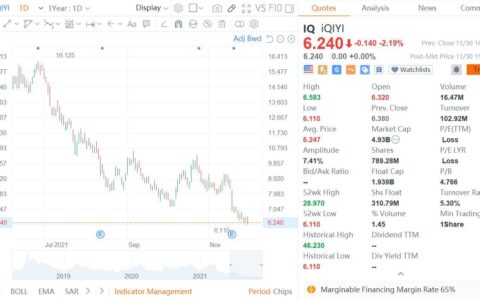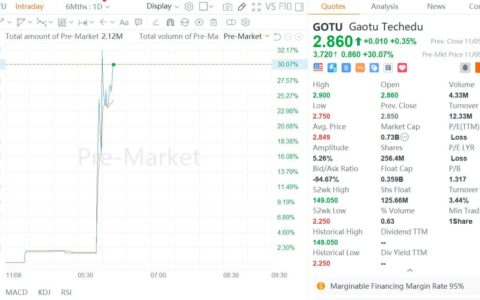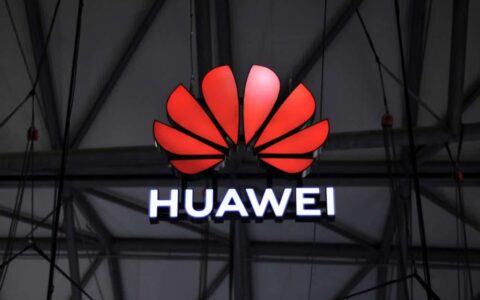2019 is the start of the 5G era, and also the first year of folding screens.
In the use of folding screens, the mobile phone industry has taken the lead, including Samsung Galaxy Fold, Samsung W20 5G, Huawei Mate X, and Motorola Razr 2019.
Four foldable phones appeared last year, except for the Motorola Razr was released at a later time, the other three have officially launched for sale.
The PC industry has also set its sights on folding screens. Lenovo has previously shown its folding screen PC prototypes to the public several times, and at the CES 2020 Consumer Electronics Show, which just recently concluded. in addition to Lenovo, Intel and Dell also have their own folding screen PC products.
The new technology is certainly exciting, but do we really need a folding screen? Geek Park hopes to find the answer in an article.
Folding screen on phones
There are currently two ways to unfold a folding screen phone, one is the left-to-right fold used on Samsung Galaxy Fold and Huawei Mate X, and the other is the up-and-down fold of Motorola Razr 2019.
Although morphologically called folding screen phones, there are fundamental differences between the two.
The core appeal of the left and right fold is a large screen.
After entering the 4G era, the information transmission method has undergone very obvious changes. The text in the 2G and 3G era has mainly changed to graphics and audio and video. At the same time, the mobile phone is no longer just a pure communication tool, but extend to multiple dimensions such as communication, entertainment, and light office use.
In this process, with the large increase in the amount of information, the limitations of small screens have become more and more obvious, and it has become difficult to meet people's actual use needs.
Therefore, what we can see is that the large screen has become a very important development trend in the mobile phone industry in the past 10 years. Even the iPhone, which once advocated small screens, has finally embarked on the road of large screens.
Will the big screen trend stop? Obviously not.
The arrival of the 5G era will once again change the main way of information dissemination, and audio and video will become the protagonists of the future. Correspondingly, if you want users to get a sufficiently good viewing and control experience on the mobile phone, improving the screen is still the most seen now Intuitive and effective way.
However, a realistic problem is that it is not difficult to change from a small screen to a large screen, but making a large screen into a larger screen is not an easy task.
After all, it is a mobile device. Considering the portability and grip of the product, the screen size will eventually have an upper limit, and the solution of increasing the screen ratio has basically touched the ceiling.
The arrival of the folding screen turned things around in order to continue to increase the screen size. As we have seen on Samsung Galaxy Fold and Huawei Mate X, after the expansion, its screen size is already comparable to some small-sized tablets, and the amount of screen content information is also larger than the current mainstream mobile phones.
There may be another sound: Why not buy a tablet computer directly?
In fact, this problem is well explained. It just adds a larger screen option to the user on the basis of normal mobile phones. In the non-expanded state, it is basically the same as the current mainstream mobile phone products, which is equivalent to folding. Portable and big screen.
However, returning to the product itself, at least at this stage, whether it is Samsung Galaxy Fold or Huawei Mate X, there is still a long way to go before the ideal state.
Probably for protection reasons, the Samsung Galaxy Fold uses an eversion method. From the actual experience, it is difficult to hold and operate with one hand after the screen is unfolded.
In other words, the comprehensive experience of the large screen mode in the mobile state is not satisfactory. But if it is closed and used as a normal mobile phone, its secondary screen size will be too small.
The situation that the screen is not easy to control with one hand is also present on the Huawei Mate X. However, compared to the Samsung Galaxy Fold, because it uses the eversion method, the screen size in the closed state is basically the same as that of a normal mobile phone. There are more usage scenarios, but the protection is relatively weak.
The core appeal of upside down is portability.
If you have seen the Motorola Razr 2019 before, you should know that its logic can be roughly understood as the use of the foldable screen feature to fold a regular-sized phone from the middle to reduce the size to half of the original The ultimate goal is to greatly improve the portability of the product itself.
It is undeniable that the experience improvement brought by this solution is of course tangible, especially for many female users, it is much more convenient to reduce the size of the mobile phone and put it in the bag.
But the problem is that portability is not the core pain point of everyone's use of mobile phones.
Folding left and right folding screens should be more accurate in grasping the core needs of users, and they are more in line with long-term development trends.
In addition to portability, upside-down folding is at least difficult to see at present. It can bring other experience improvements, although there will be many folding-screen mobile phones with upside-down folding.
Folding screen on laptops
Back to the laptop folding screen, because it is much larger than a mobile phone, and its product form is foldable, so there are relatively few problems to be solved. It is not necessary to consider whether portability will be affected after deployment. There is also no need to go through the market to verify what kind of expansion method users are more willing to pay for.
After using a folding screen, the most direct change is also the correspondingly larger screen size. The difference from a mobile phone is that, because the notebook can be unfolded 180 ° to obtain a more integrated and larger screen, it can also be bent at a certain angle and divided into two screens, which can bring more richness. scenes to be used.
For example, in the fully expanded state, it can act as an artboard, and designers should like it very much. In notebook mode, the two screens can achieve better split screen effects, which greatly improves work efficiency.
In the future, with the support of Microsoft, with the continuous improvement of system applications, the imagination space that can be brought will be very large.
Although the folding screen notebook has many advantages, what it can provide does not solve the core pain points of users such as portability or performance. In a way, it is more like expanding a new product type, and the relationship with users is not as strong as that of folding screen phones.
In fact, this is also a major "feature" of the PC industry.
Unlike the mobile phone industry, the dominance of the PC industry is more in the hands of two upstream manufacturers, Intel and Microsoft. Therefore, in the future development of PC products, they often put forward a rough concept and provide corresponding support on the hardware and software side, and OEM manufacturers will then land on the specific product side according to their specific conditions.
The two-in-one device is the same, and the folding screen notebook is still the same logic. At CES 2020, Intel showed the significance of the Horseshoe Bend concept PC is not the product itself, but through it, it sends a relatively clear signal to the outside world: folding screen products will be supported in the future.
It is foreseeable that with the support of Intel and Microsoft, many folding screen notebooks will be successively introduced to the market. As we mentioned before, perhaps the audio and video workers will pay for it, but for the mass consumer group, its appeal may not be great.
Finding the right way
There are always many expectations for new technologies. However, in the long history of science and technology development, there have been many examples of people who have been optimistic about it, but ultimately died.
There may be many factors that ultimately determine whether it can be implemented, and user pain points and industry breakthrough points are undoubtedly the two most driving forces.
Whether it is for mobile phones or PCs, the benefits are obvious, but as mentioned in the previous article, not all folding screen solutions are strongly related to actual user needs. Going through the trial and error phase as soon as possible and establishing a set of folding screen solutions generally recognized by the industry is what we would like to see.







